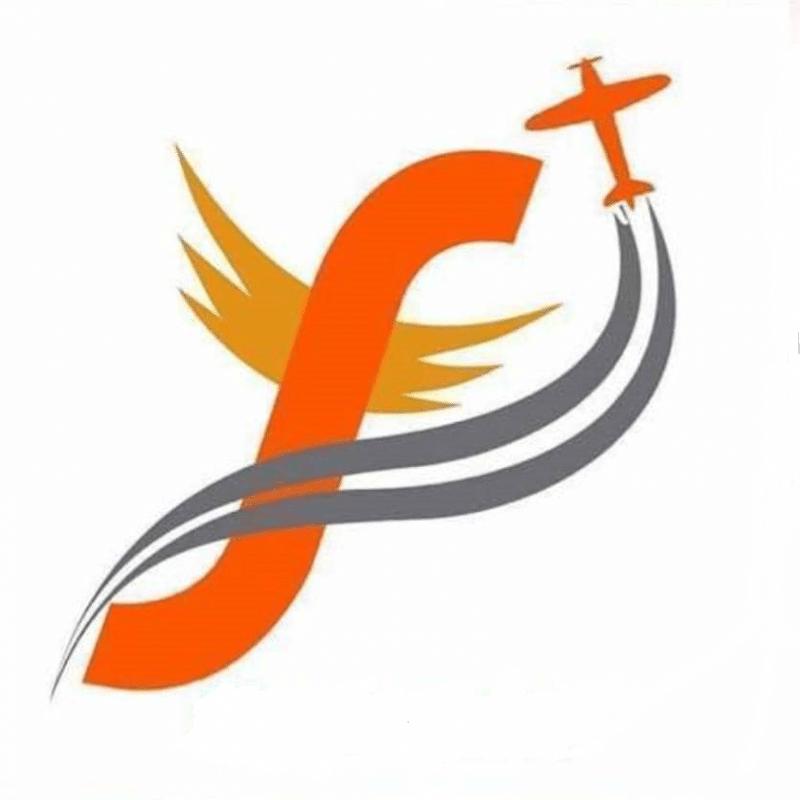Even as we do not have the metadata towards records, it is essential to title this new rows of your own matrix very that people know and this file is actually hence: > rownames(dtm) inspect(dtm[1:7, 1:5]) Conditions Docs dump element in a position abroad surely 2010 0 step one 1 2 2 2011 1 0 cuatro 3 0 2012 0 0 3 step 1 step 1 2013 0 3 step three 2 step one 2014 0 0 step 1 cuatro 0 2015 step one 0 1 step one 0 2016 0 0 1 0 0
Allow me to say that the fresh new productivity reveals why I have been taught to perhaps not like general stemming. You may be thinking one to ‘ability’ and you can ‘able’ might possibly be combined. For those who stemmed the new file you’ll find yourself with ‘abl’. How does that help the study? Once more, I will suggest using stemming carefully and you will judiciously.
Modeling and you can comparison Modeling could well be broken into the a couple of distinctive line of pieces. The original tend to focus on word volume and you will correlation and culminate on building off a topic model. Next section, we’re going to take a look at some quantitative procedure through the use of the benefit of the qdap package so you can evaluate several various other speeches.
The most prevalent keyword is completely new and, because you you will assume, the latest chairman mentions the usa apparently
Term volume and question habits Once we enjoys everything establish on the document-term matrix, we can move on to examining word wavelengths through a keen target into the line amounts, arranged within the descending buy. It’s important to use once the.matrix() from the password to help you share this new articles. The brand new default order is actually rising, very getting – before freq varies they to help you descending: > freq ord freq[head(ord)] america some one 193 174
Also observe how important employment has been the fresh new regularity out of services. I find it interesting he says Youngstown, getting Youngstown, OH, a couple of times. To take on the newest regularity of the keyword frequency, you may make dining tables, below: > head(table(freq)) freq dos 3 cuatro 5 6 7 596 354 230 141 137 89 > tail(table(freq)) freq 148 157 163 168 174 193 1 step one 1 1 step 1 step one
I believe your beat framework, at the least regarding 1st data
Exactly what such tables let you know is the number of terms and conditions with this certain frequency. Thus 354 conditions took place 3 times; and something phrase, the fresh new inside our circumstances, occurred 193 moments. Using findFreqTerms(), we can look for which terminology occurred about 125 times: > findFreqTerms(dtm, 125) “america” “american” “americans” “jobs” “make” “new” “now” “people” “work” “year” “years”
There are contacts which have terms and conditions by the correlation into findAssocs() mode. Why don’t we see efforts since a couple instances using 0.85 once the relationship cutoff: > findAssocs(dtm, “jobs”, corlimit = 0.85) $services colleges serve elizabeth 0.97 0.91 0.89 0.88 0.87 0.87 0.87 0.86
Getting visual depiction, we could build wordclouds and a bar graph. We shall perform a couple wordclouds to demonstrate the various an easy way to establish her or him: one which have the absolute minimum regularity plus the almost every other because of the specifying the limit amount of words to provide. The first that with minimal volume, also includes code in order to establish the colour. The dimensions syntax decides minimal and you will restrict term proportions by frequency; in this situation, the minimum volume is actually 70: > wordcloud(names(freq) escort girl Sunnyvale, freq, min.freq = 70, level = c(step 3, .5), colors = brewer.pal(six, “Dark2”))
One can go without all prefer picture, as we usually regarding the following image, capturing the new twenty-five typical terms and conditions: > wordcloud(names(freq), freq, max.terms = 25)
To help make a pub graph, this new password will get some time difficult, whether make use of base R, ggplot2, otherwise lattice. The second code will reveal simple tips to write a bar chart toward ten popular terms and conditions in the feet R: > freq wf wf barplot(wf$freq, names = wf$keyword, head = “Phrase Regularity”, xlab = “Words”, ylab = “Counts”, ylim = c(0, 250))
